Healthy Habits Can Be Easy Habits with Streamlined Family Meals
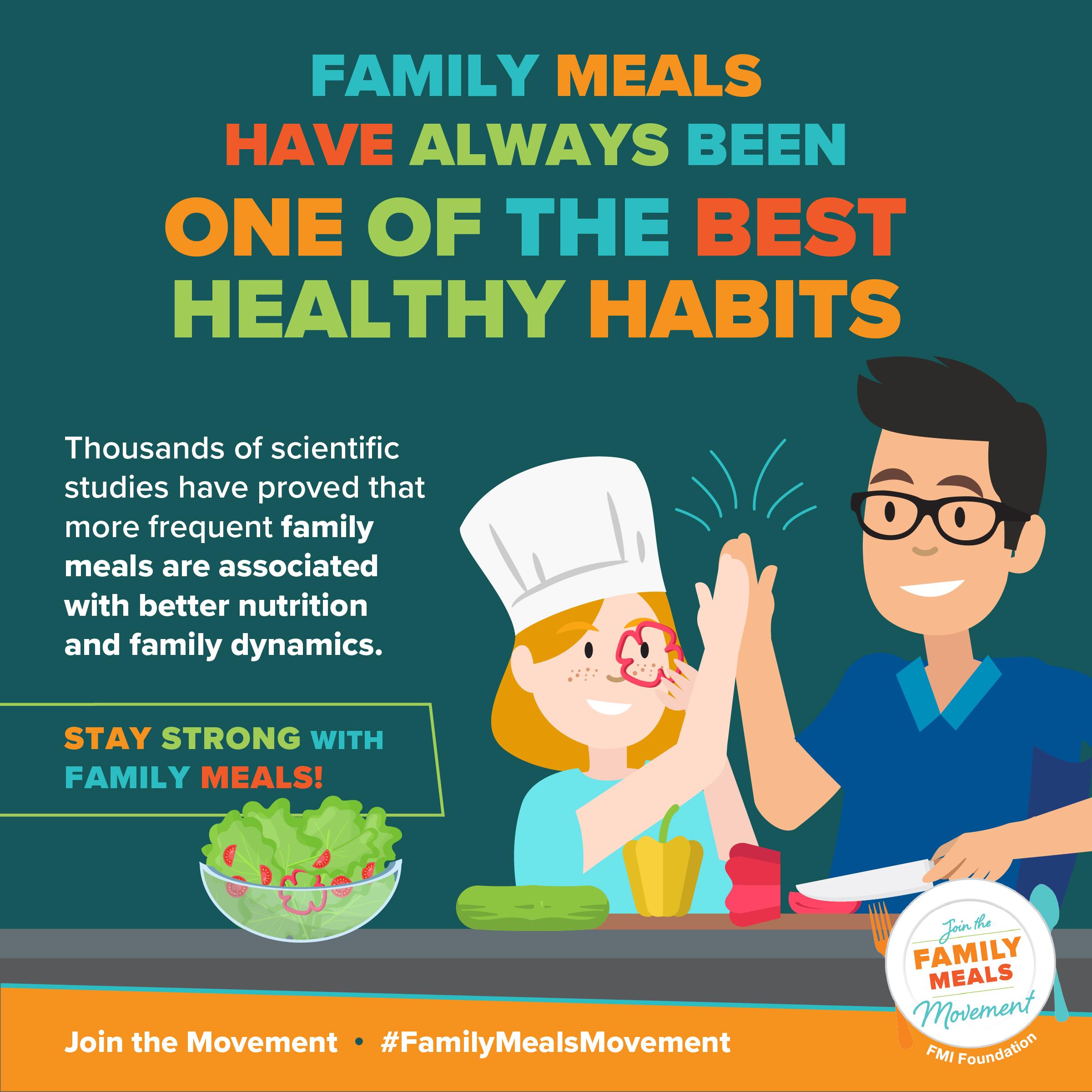 (NewsUSA)
(NewsUSA) - Sharing meals together as a family, however family is defined, is a recipe for success. Over the years, thousands of studies have shown the positive impact of family meals on physical health, mental health, and overall connectedness among those seated around the table. Not only are participants more bonded, but research shows most agree sitting at a meal together tends to keep conversations more civil. Family meals are believed to create a safe environment for discussing thornier societal issues and for having and teaching respectful interactions.
- Sharing meals together as a family, however family is defined, is a recipe for success. Over the years, thousands of studies have shown the positive impact of family meals on physical health, mental health, and overall connectedness among those seated around the table. Not only are participants more bonded, but research shows most agree sitting at a meal together tends to keep conversations more civil. Family meals are believed to create a safe environment for discussing thornier societal issues and for having and teaching respectful interactions.
Despite the overwhelming research supporting the positive benefits of family meals, differing schedules of family and friends along with the time required to prepare meals are reported as barriers to enjoying them more often. Following are some quick and delicious meal ideas that can be served up in minutes to accommodate even the most challenging schedules:
Leftover Buffet: Leftovers (or “plan-overs”) are the ultimate timesavers. Create a buffet of nourishment by mixing and matching all your leftovers. Add a side salad to round out the family meal.
Snack Tray Buffet: For a quick dinner with your family of friends or the traditional family unit, what could be easier than assembling some favorite snacks? Put enough of them together and you have a full meal! Imagine the fun of a snack tray buffet. Fill it with a variety of nutritious bits like baby carrots, hummus, cheese, whole grain crackers, fresh fruit, and lean proteins. Perfect for a casual, wholesome meal that everyone will enjoy.
Which Sandwich: In 1762, the 4th Earl of Sandwich invented the meal that changed dining forever. Convenient and customizable, make-your-own sandwich options are crowd pleasers for breakfast, lunch OR dinner! Use whole grain bread, lean proteins such as turkey and chicken, and plenty of fresh veggie toppings.
Get your Freeze On: When it comes to convenience, the freezer is your friend. Grab a nutritious frozen entree for a quick family meal. Pair it with a side salad or steamed veggies for a balanced dinner.
Breakfast for Dinner: Why not end the day with some traditional and easy morning favorites? Pair pancakes topped with fresh fruit like berries, nuts such as chopped pecans, and a drizzle of maple syrup, or whip up some eggs and serve with fresh melon and whole grain toast.
Raise the Bar: “Bar food” just got better – nacho bar, breakfast bar, baked potato bar, burrito bar, panini bar, pasta bar or taco bar – they all offer make-your-own dinner options with something for everyone.
Family meals don’t have to be fancy meals. Keep it simple and gather around the table today to glean the benefits!


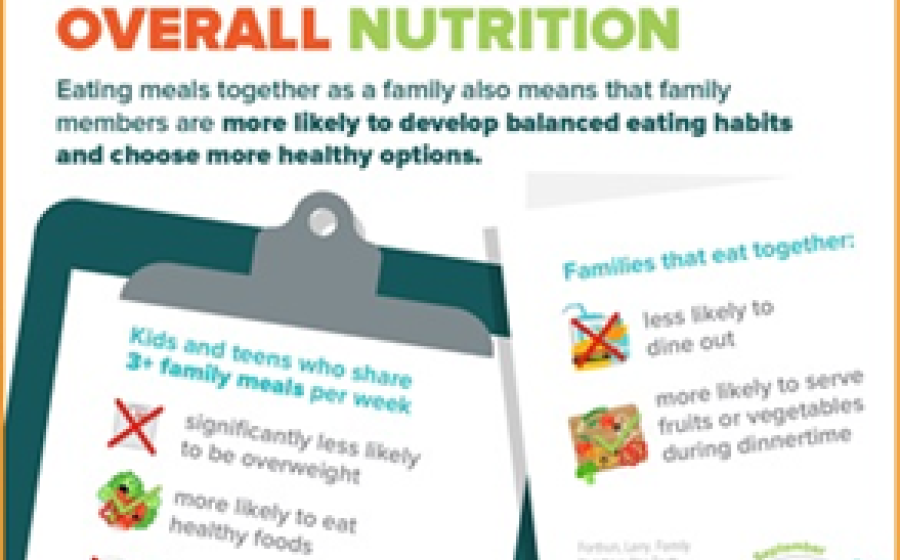
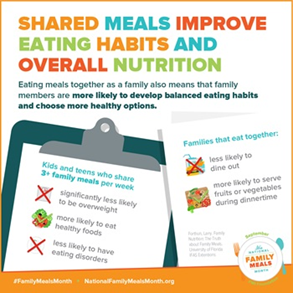
 - Getting the family together for meals is not always easy, but an increasing
- Getting the family together for meals is not always easy, but an increasing 
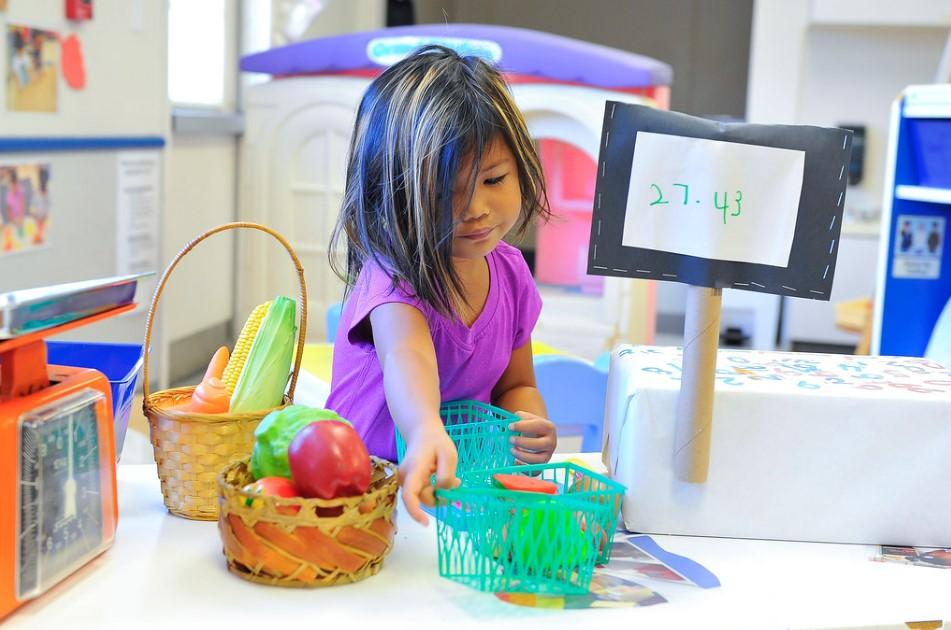
 - As the costs of things rise, it is more important than ever for families to shop smart at the grocery store, especially when preparing for the back-to-school season and all those school-day lunches children will need. Incorporating simple tips and tricks into your shopping trip routine can help you cut costs while still prioritizing healthy, delicious meals.
- As the costs of things rise, it is more important than ever for families to shop smart at the grocery store, especially when preparing for the back-to-school season and all those school-day lunches children will need. Incorporating simple tips and tricks into your shopping trip routine can help you cut costs while still prioritizing healthy, delicious meals.
 - APRIL 2024 Backyard adventures await! As spring unfolds, parents seek the perfect outdoor swing set—a beacon of fun and a fortress of safety. The challenge lies in finding a backyard playset that meets all of your family's needs: It must be safe for the kids, one that will grow with your family as they do, and stylish enough to complement your backyard aesthetics. With Backyard Adventures, you can rest assured that our wooden swing sets are meticulously designed with the utmost safety and design. Every detail is crafted to protect your little ones, from the sturdy construction to the rounded edges. Ensuring your children's well-being is always our top priority, giving you peace of mind as they embark on their backyard adventures.
- APRIL 2024 Backyard adventures await! As spring unfolds, parents seek the perfect outdoor swing set—a beacon of fun and a fortress of safety. The challenge lies in finding a backyard playset that meets all of your family's needs: It must be safe for the kids, one that will grow with your family as they do, and stylish enough to complement your backyard aesthetics. With Backyard Adventures, you can rest assured that our wooden swing sets are meticulously designed with the utmost safety and design. Every detail is crafted to protect your little ones, from the sturdy construction to the rounded edges. Ensuring your children's well-being is always our top priority, giving you peace of mind as they embark on their backyard adventures. 
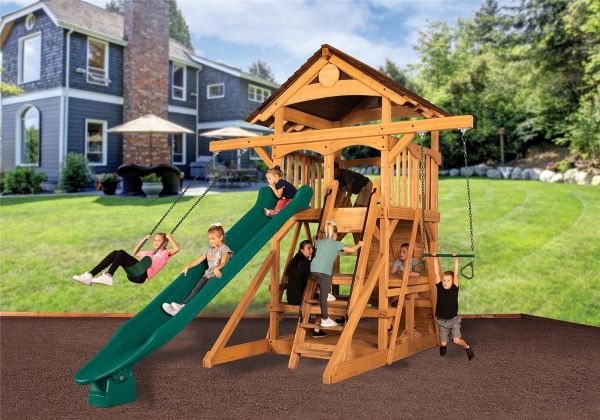

 - For many people seeking to become pregnant, the process is often challenging and frustrating. Myths and misinformation about fertility and how to get pregnant persist (would you believe—turkey basters?). Consequently, many couples start the process of trying to get pregnant either uninformed, misinformed, or a combination of the two.
- For many people seeking to become pregnant, the process is often challenging and frustrating. Myths and misinformation about fertility and how to get pregnant persist (would you believe—turkey basters?). Consequently, many couples start the process of trying to get pregnant either uninformed, misinformed, or a combination of the two.
 - Toys for Tots, the U.S. Marine Corps’ premiere Community Action Program, distributed over 24.4 million toys, books, and other gifts to 9.9 million children in need in 2022. The incredible support we received from the American public and our Corporate Sponsors enabled the Program to achieve astounding results and celebrate the Program’s 75th year of spreading Christmas cheer to underprivileged children across the Nation.
- Toys for Tots, the U.S. Marine Corps’ premiere Community Action Program, distributed over 24.4 million toys, books, and other gifts to 9.9 million children in need in 2022. The incredible support we received from the American public and our Corporate Sponsors enabled the Program to achieve astounding results and celebrate the Program’s 75th year of spreading Christmas cheer to underprivileged children across the Nation.
 - Whether you’re planning a honeymoon, time away to rekindle romance, or simply an opportunity to make new memories together – planning ahead can
- Whether you’re planning a honeymoon, time away to rekindle romance, or simply an opportunity to make new memories together – planning ahead can 
 -
- 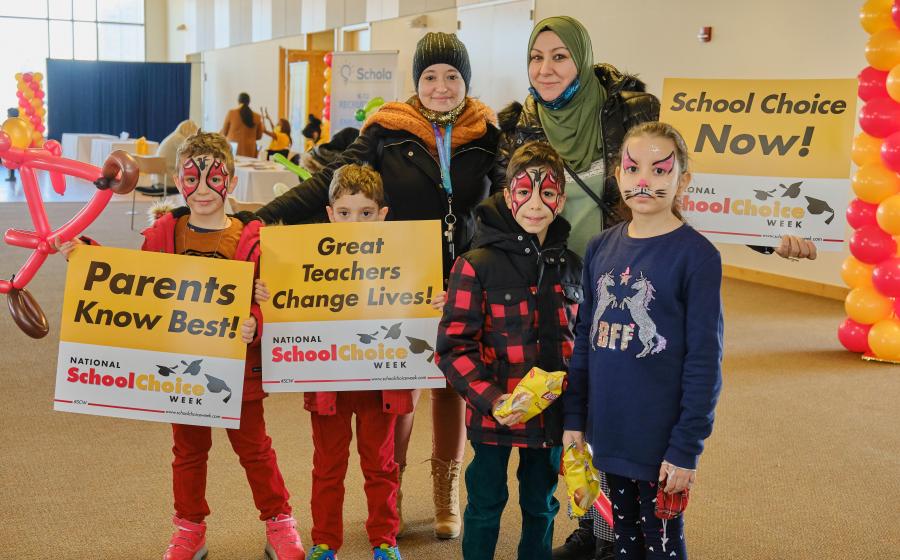
 -
- 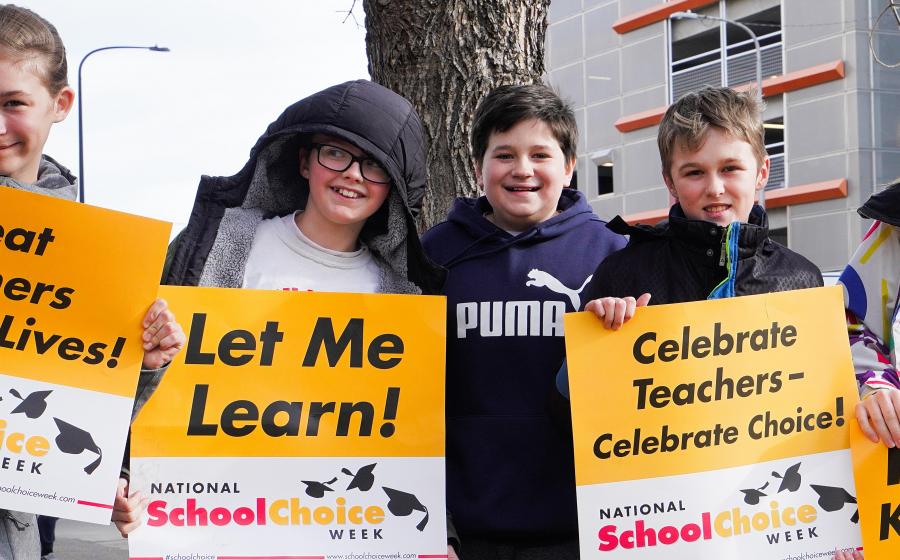
 -
- 



